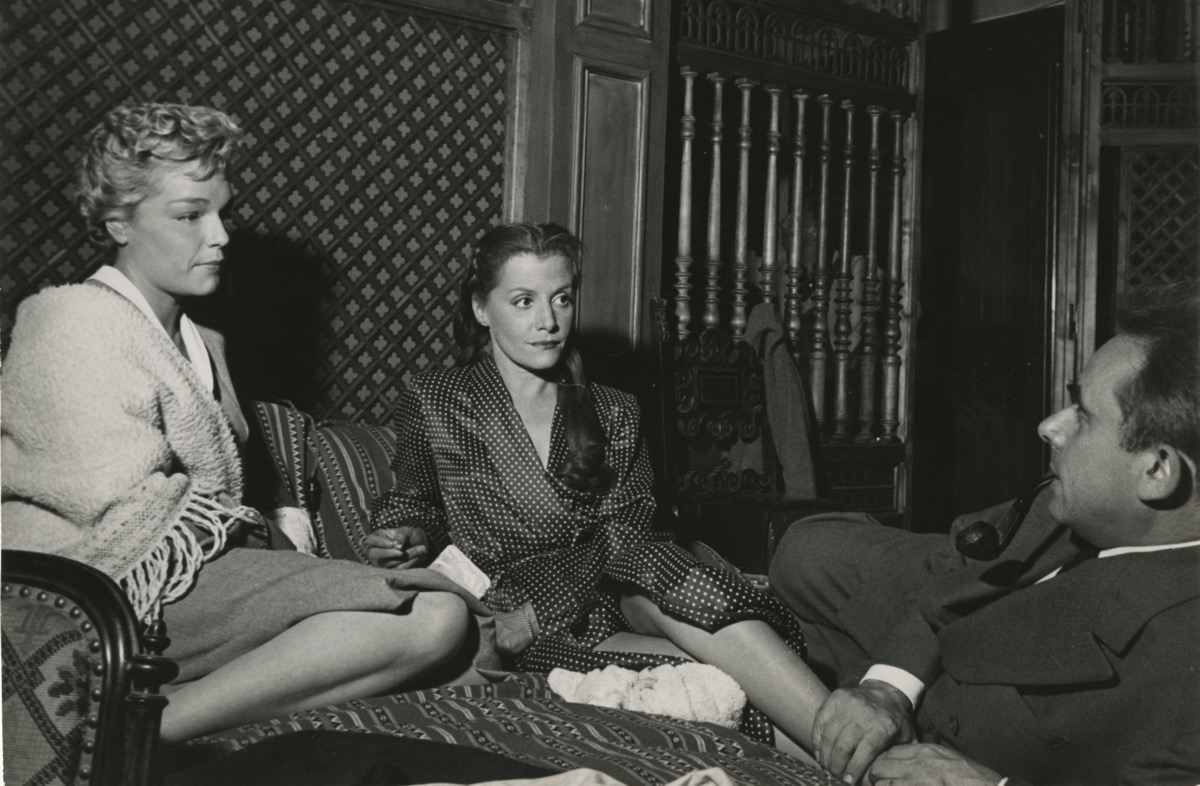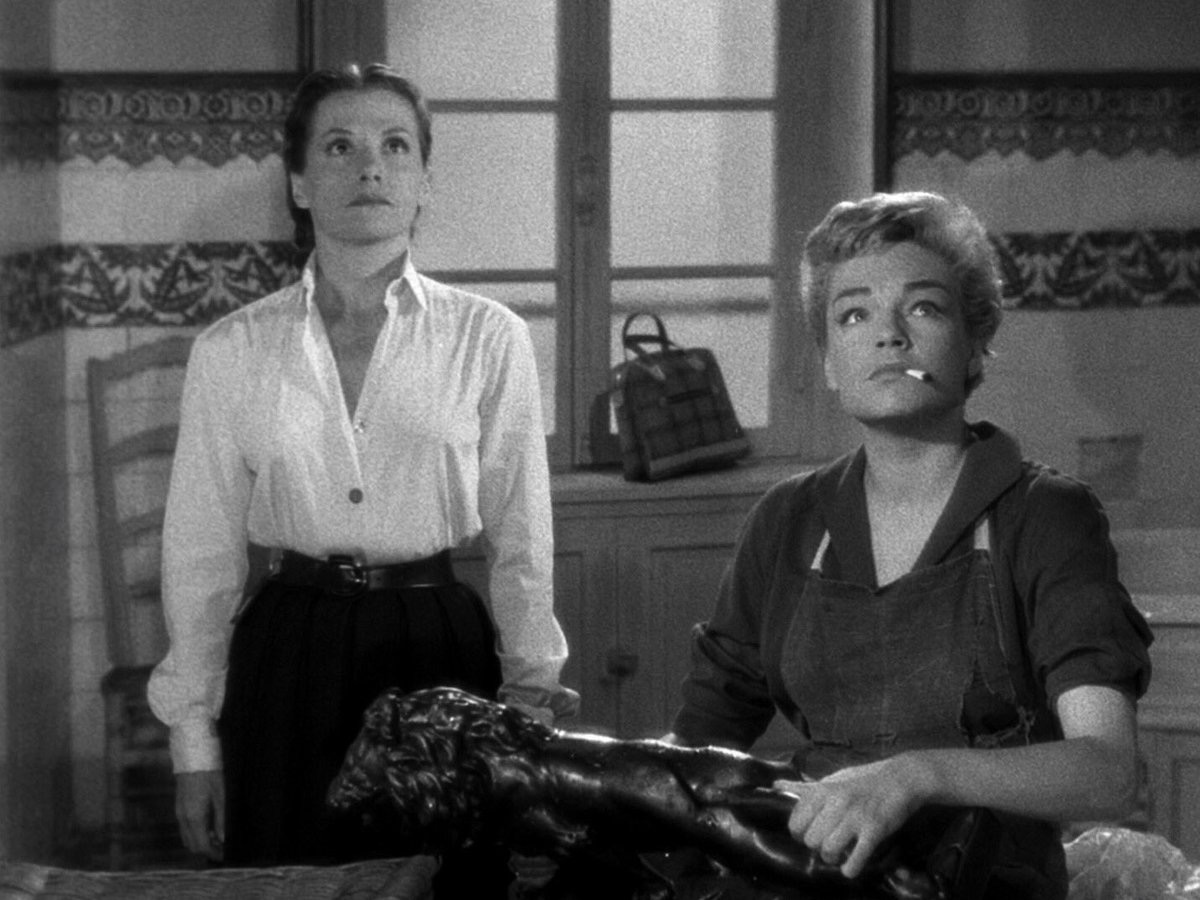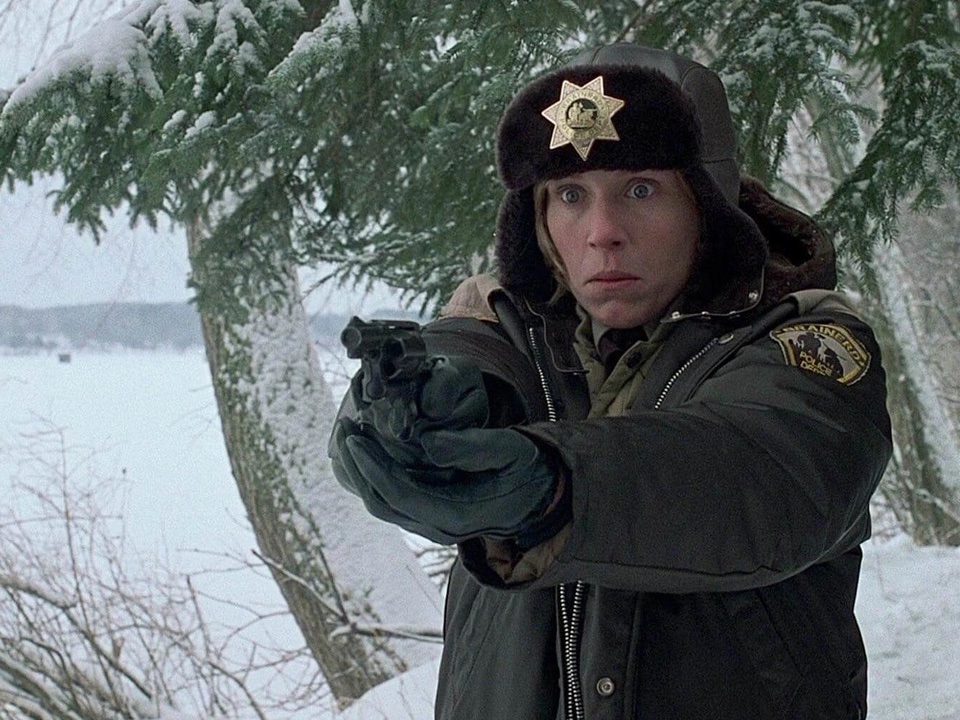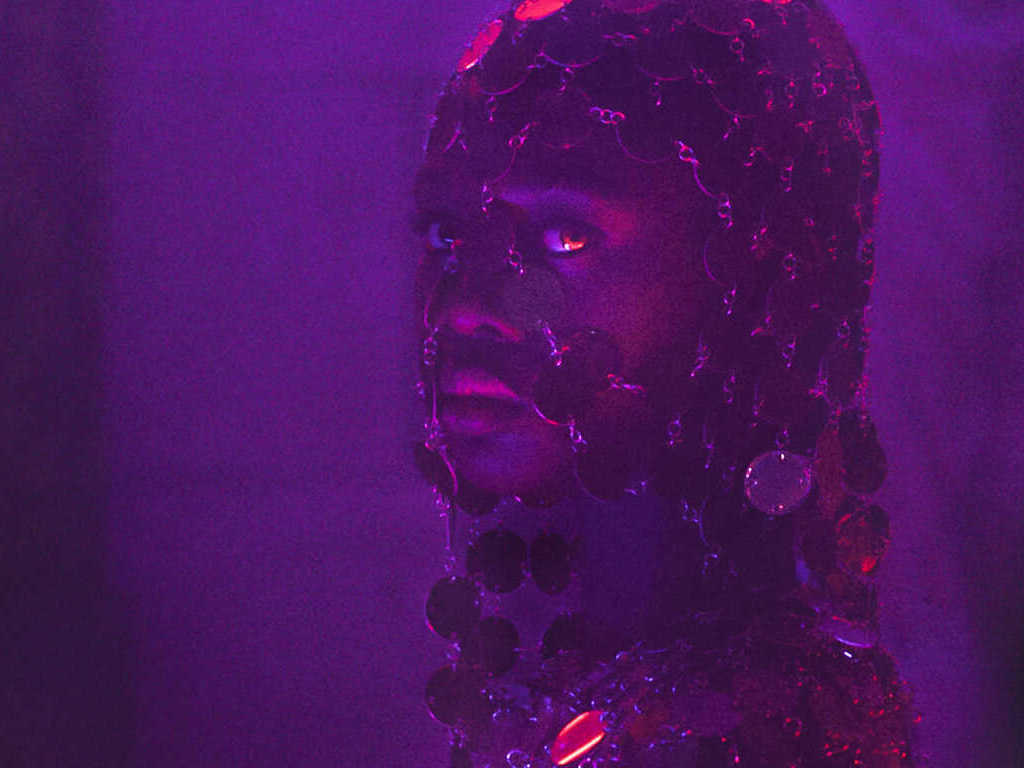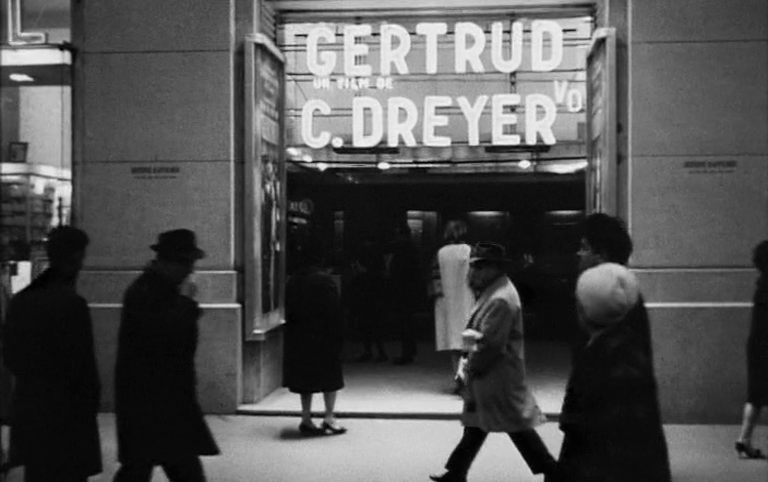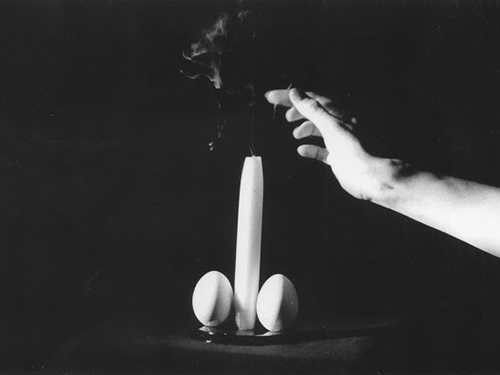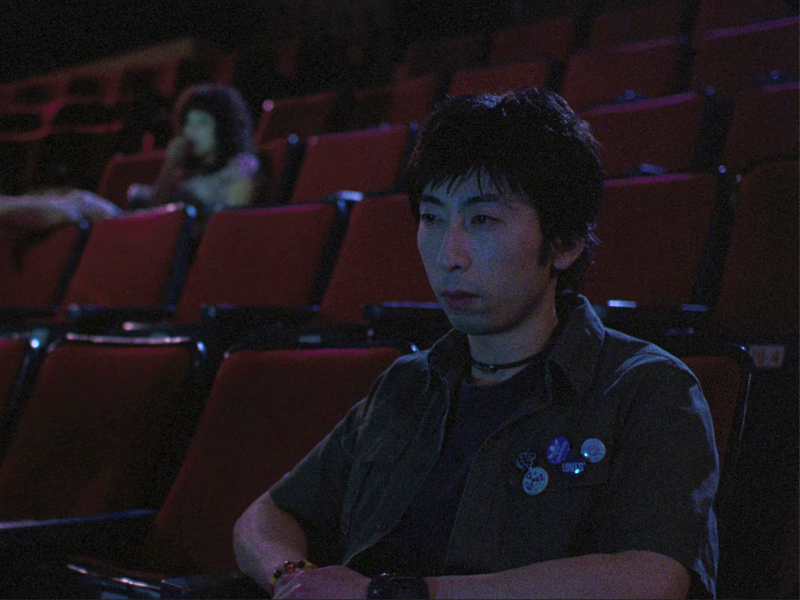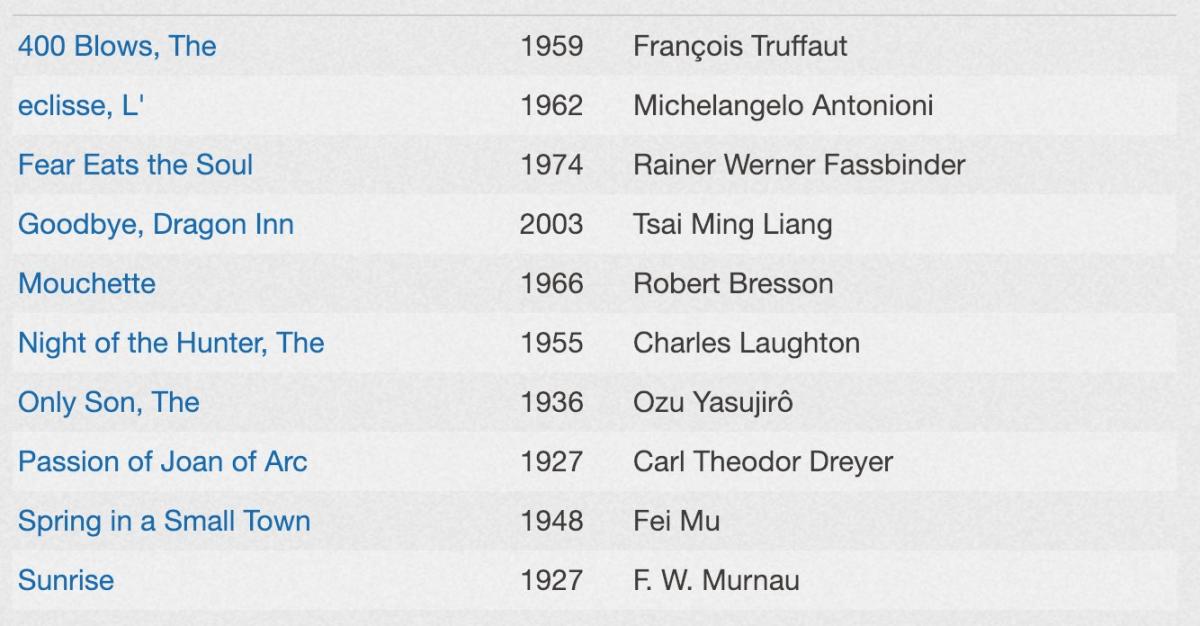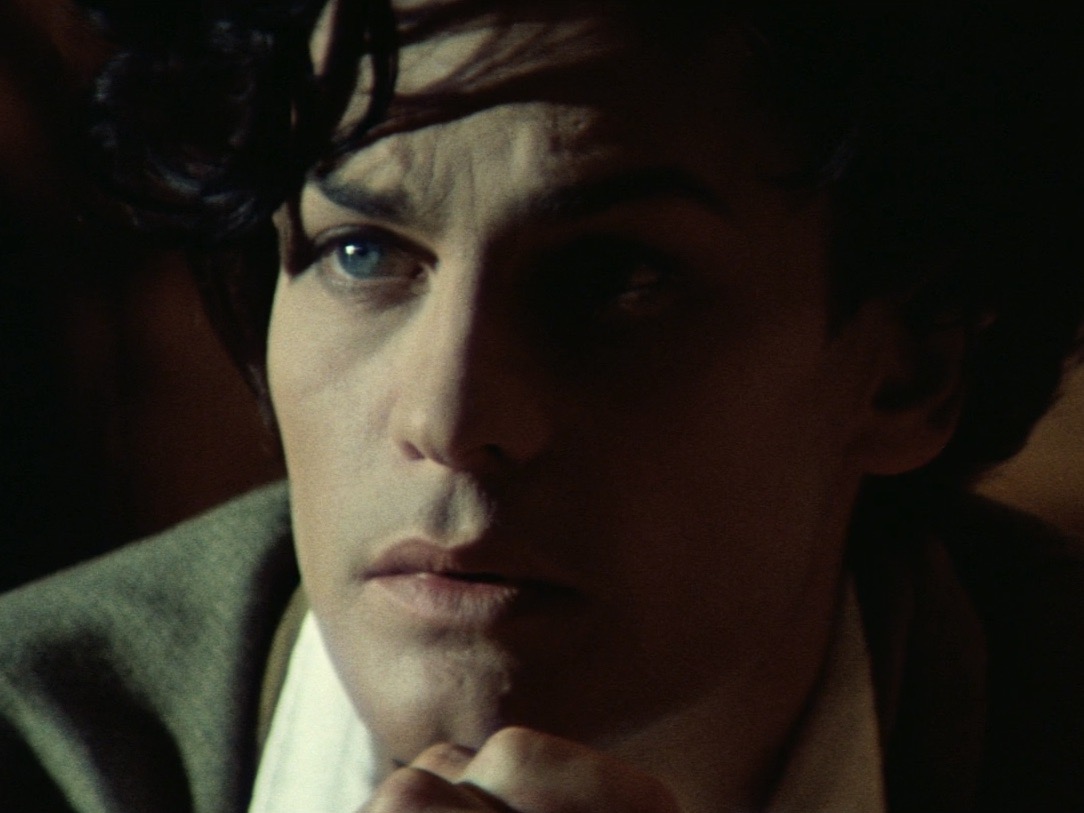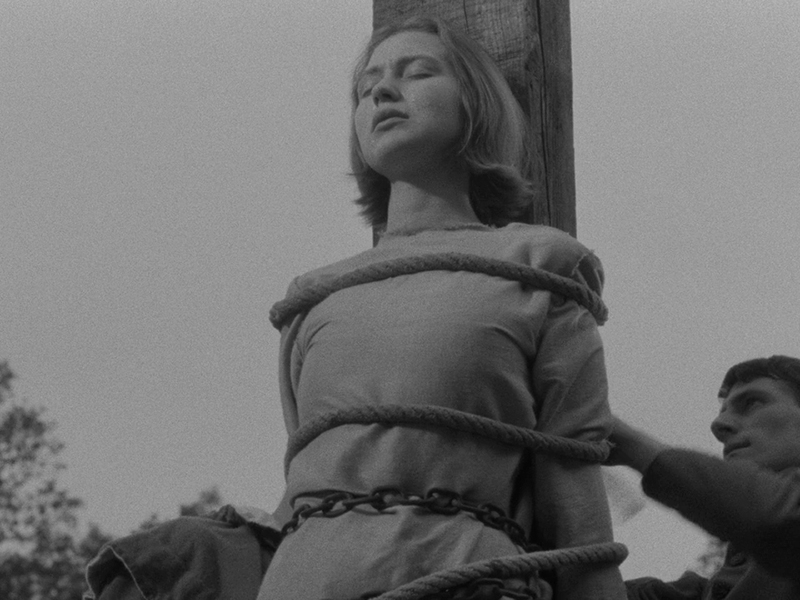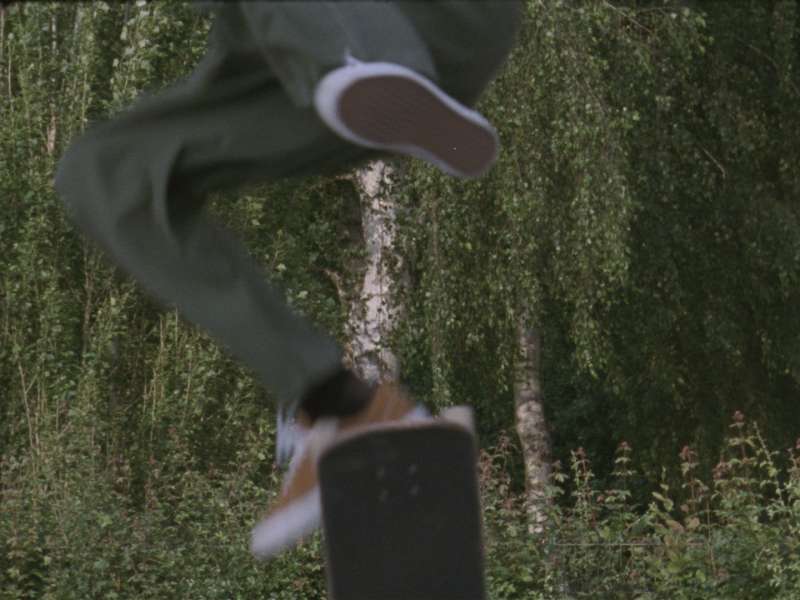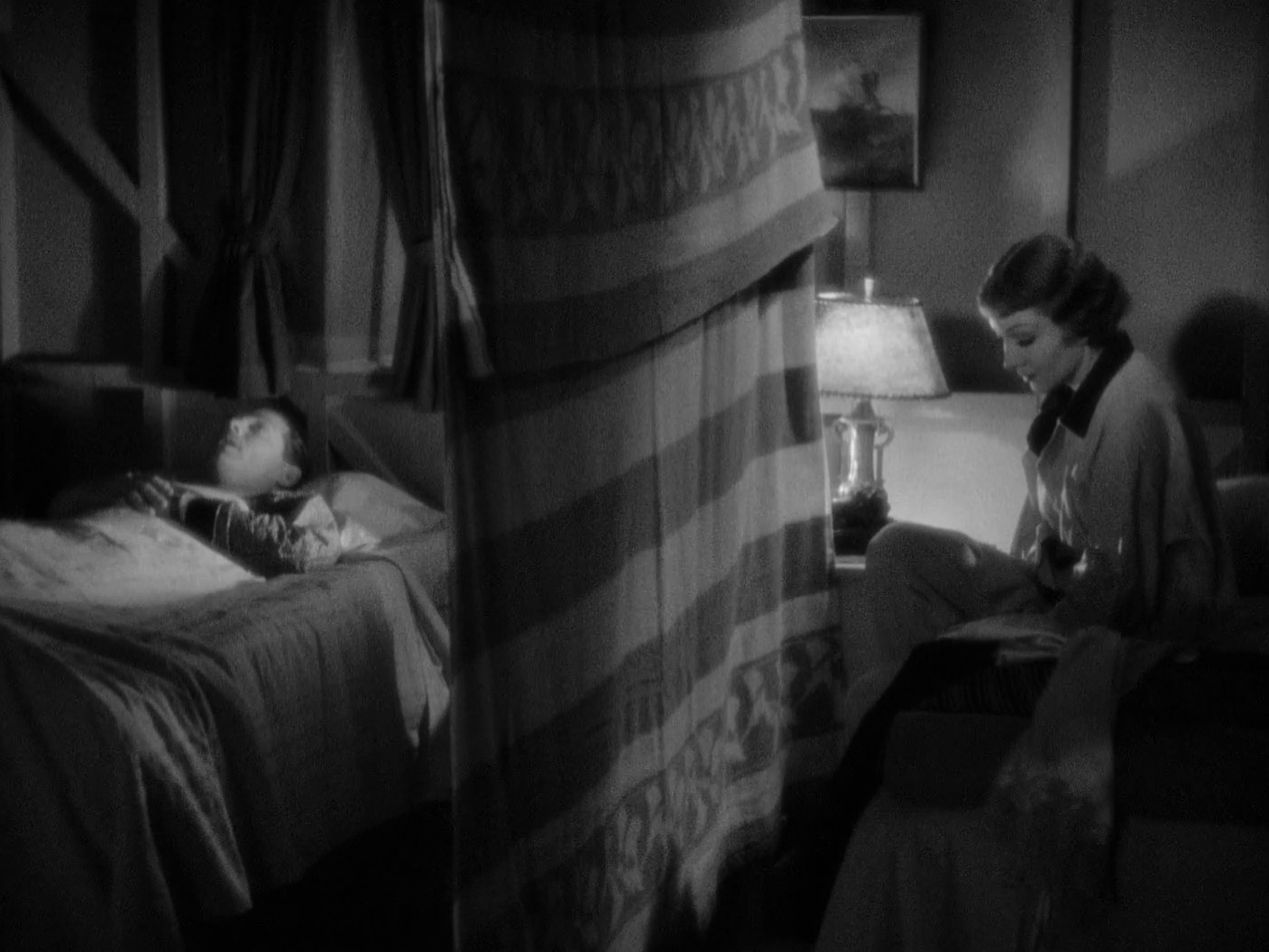The wife and mistress of a loathed school principal plan to murder him with what they believe is the perfect alibi.
“The morbid fascination starts building before the picture is ten minutes gone. By the time it is rolling toward a climax it is spreading the most delicious chills. It is a pip of a murder thriller, ghost story and character play rolled into one. True, at the start, it has the appearance of a typical French account of abnormality and sadism in a badly run boys private school. The headmaster is a tyrant who bullies the students, his sickly wife and even his recognized mistress, who is one of the stoical teachers in the school. Everything seems to be set up for one of those ghastly little psychological tales of genteel mismating and frustration, when – bing! – the mischief begins.”
Bosley Crowther
“Après avoir acheté les droits, pendant un an et demi je me suis dit : ‘C'est la plus mauvaise affaire de ma vie. Je n'arriverai pas à en faire un film.’ Le livre racontait une histoire d’escroquerie à l’assurance. Mon action n’était plus du tout une escroquerie à l’assurance. J’ai essayé de la placer dans plusieurs milieux. D’abord une clinique. Puis une institution d’enseignement privé. Elle me donnerait à la fois une atmosphère sinistre et, grâce aux enfants, un univers un peu féerique. Et la piscine.”
Henri-Georges Clouzot
“Et puis il avait une certaine façon de fumer la pipe, comme quelqu’un qui ne ferait que tremper ses lèvres dans un verre d’alcool : toutes petites bouffées économes, rapides pauses méditatives, et soudain un vif sourire carnassier précédent la question : « Qu’est-ce que vous en pensez ? » Et alors il vous guettait et on se sentait un peu idiots. Au fond, je crois que ses interlocuteurs lui servaient à faire de la balle au mur, à relancer sans cesse une réflexion qui avait besoin de rebondir sur un obstacle. Il n’attendait pas d’ailleurs un avis particulier sur son travail d’adaptation : c’était un homme secret. Il n’y avait presque aucune indication sur la colonne de gauche du script. À cette époque, le scénario était divisé en deux colonnes.”
Thomas Narcejac
“Nicole’s evacuating of her role as femme fatale causes a disruption within the narrative and it is as if the strength of her characterisation permits the original text to bleed back in, permitting a queer reading. As an effect of heterosexualising the text, Les Diaboliques confronts us with sexualities that fail to run true to type or refuse almost to conform with the film noir generic narrative’s expectation of them. In a ‘normal’ film noir, while the femme fatale leads the man (who is weak in flesh) to his doom, we do at least sense his passion for her. Here all we get is the appearance of a trap being set, but one in which both women collude. (...) There is, then, a mismatch, in this film, between sex and gender and, ultimately, desire – the last of which appears to have been completely erased at the heterosexual level, in any event. Thus, we are presented with incoherencies that have the converse effect of the desired outcome (nothing in the straight context rings true), and, as such, it is heterosexuality that in the final analysis is destabilised. Indeed, what fire there is in this film firmly lies between the two women.”
Susan Hayward
“Une légende bien établie voulait qu’en additionnant les entrées des séances de l’après-midi et du soir, multipliées par 10, on pouvait donner une estimation proche du nombre d’entrées de la première semaine. Bon, ce mercredi 19 janvier, Les Diaboliques était à l’honneur ! À partir de 13h30, face au Marignan, assis à une table de terrasse, j’observais la queue s’allonger sur les Champs-Elysées. Clouzot, au désespoir du projectionniste, était encore avec une paire de ciseaux en train de couper et coller dans la pellicule les images qu’il jugeait inutiles. Le perfectionniste qu’il était se mettait en colère s’il découvrait, une fois le film en salle, le moindre temps mort.”
Michel Romanoff
“It helps that the film emerges in a slightly corrupted period for France and its cinema. There is a sense of torpor about that post-war uncertainty that really suits such a thoroughly rotten film. The age of Renoir and Carné was over. The New Wave was still some years off. Clouzot offered something of a challenge to the rising young turks. If we can draw an analogy with punk, he wasn’t exactly Iggy Pop, but he certainly wasn’t Rick Wakeman either. The films were well made in the classic form, but they weren’t the “cinema of quality” that Jean-Luc Godard derided in his angrier moments. Indeed, François Truffaut claimed he was faintly obsessed with the director’s Le Corbeau as a young man.”
Donald Clark
“Je crois qu’il est très difficile de tourner un film en Cinémascope ou en Vistavision en noir et blanc parce qu’on le passe sur des écrans métallisés qui supportent mal le noir et blanc. Et puis je n’étais pas satisfait des essais que j’avais demandés chez Technicolor. Je ne veux pas tourner en couleurs dites naturelles. Je veux pouvoir travailler avec des couleurs interprétées”
Henri-Georges Clouzot
“French authors Pierre Boileau and Thomas Narcejac released the book Celle qui n’était plus (She Who Was No More) in 1952. Being fans of Alfred Hitchcock, they hoped he would option their book’s film rights. And while Hitchcock is said to have attempted to secure the rights, it’s also said that he missed the purchase by a matter of hours. (...) Only after seeing Diabolique, the film’s U.S. title, did Hitchcock seek out a property by the same authors to adapt, eventually landing on D’entre les morts (From Among the Dead) —the 1954 book that Hitchcock turned into his masterpiece among masterpieces, Vertigo (1958). In subsequent years, it became clear that Hitchcock loved Diabolique and considered losing the rights to Clouzot a major missed opportunity. He screened the film countless times both personally and for screenwriter Alex Coppel before filming Vertigo. What’s more, Diabolique continued to influence the Hollywood director for years. When the New York Times interviewed Hitchcock about Psycho in May 1959, the Master of Suspense described it as a story in “the Diabolique genre”. However, the film has far more in common with Vertigo, as both have a pointedly French quality about them, existing in a narratively poetic, abstract cinematic world; both are about a murder that leads to ghostly apparitions, which in turn reveal themselves as part of a twisted, terrifying, and grounded reality.”
Brian Eggert
“Ce que je déteste le plus : les acteurs qui pensent. Mais je peux faire jouer n’importe quel débutant, à condition qu’il ait quelques dons.”
Henri-Georges Clouzot
“Please do not reveal the ending to those who have not yet seen the film!" Clouzot pleads with his final frame. I would not dream of it.”
Roger Ebert
